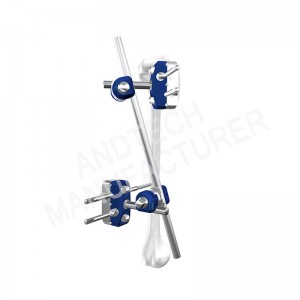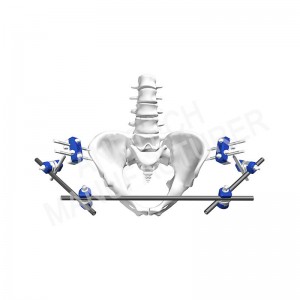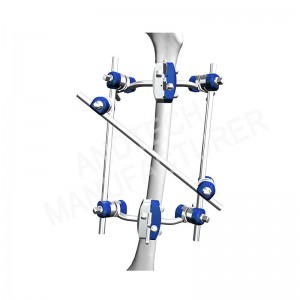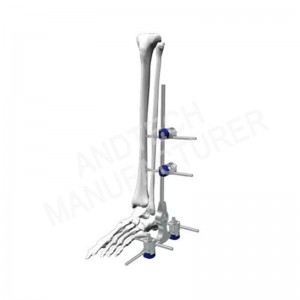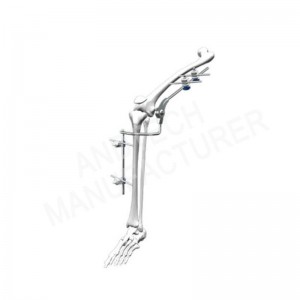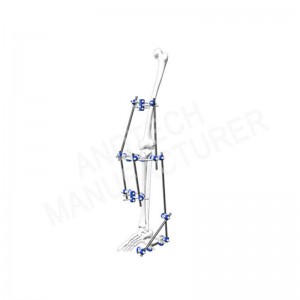Dissection IV Φ8 For Bone Fracture
Carbon fiber rod
Easy installation and strong stability;
Elastic fixation to reduce stress concentration;
Lightweight, reduce the patient's weight, and facilitate later functional exercises;
During fluoroscopy, the degree of visualization is low, and the operation area is not covered, which facilitates fracture reduction.
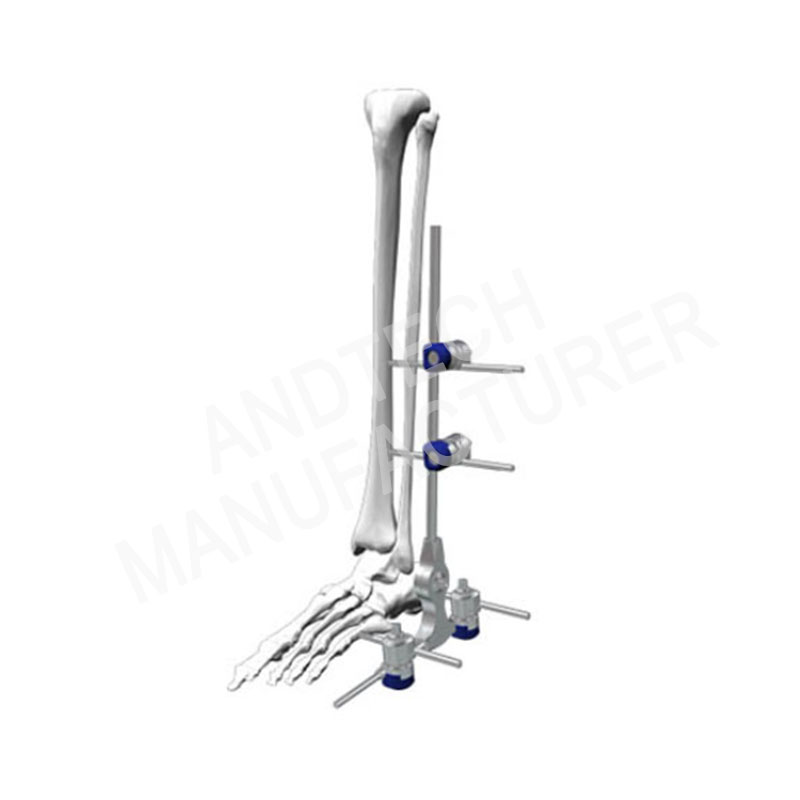
Ankle Joint Fixation 8mm
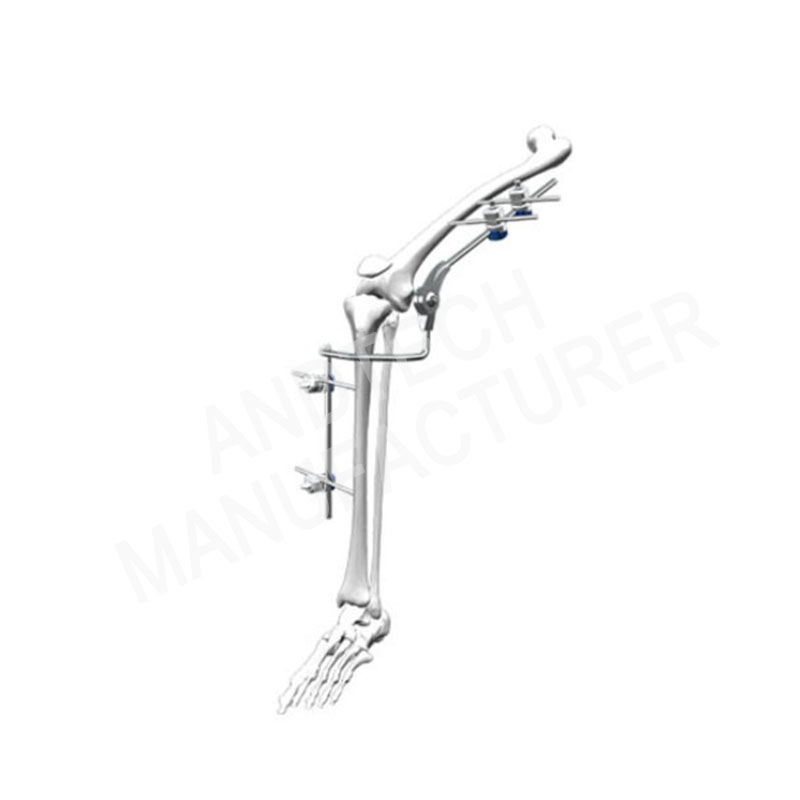
Dissection IV Φ8-Knee Joint
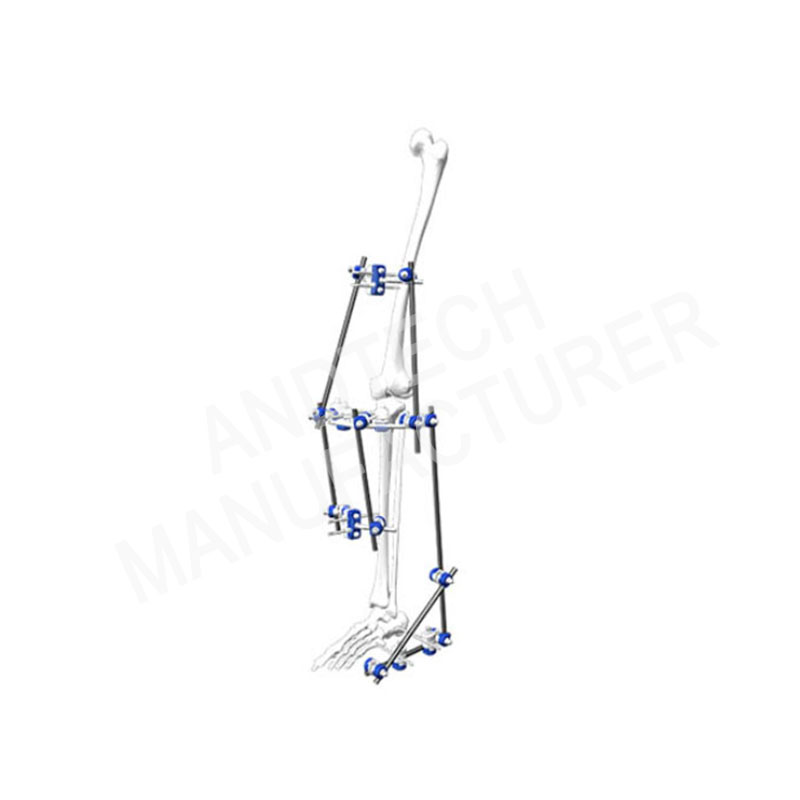
Dissection IVΦ8-Hybrid Fixation
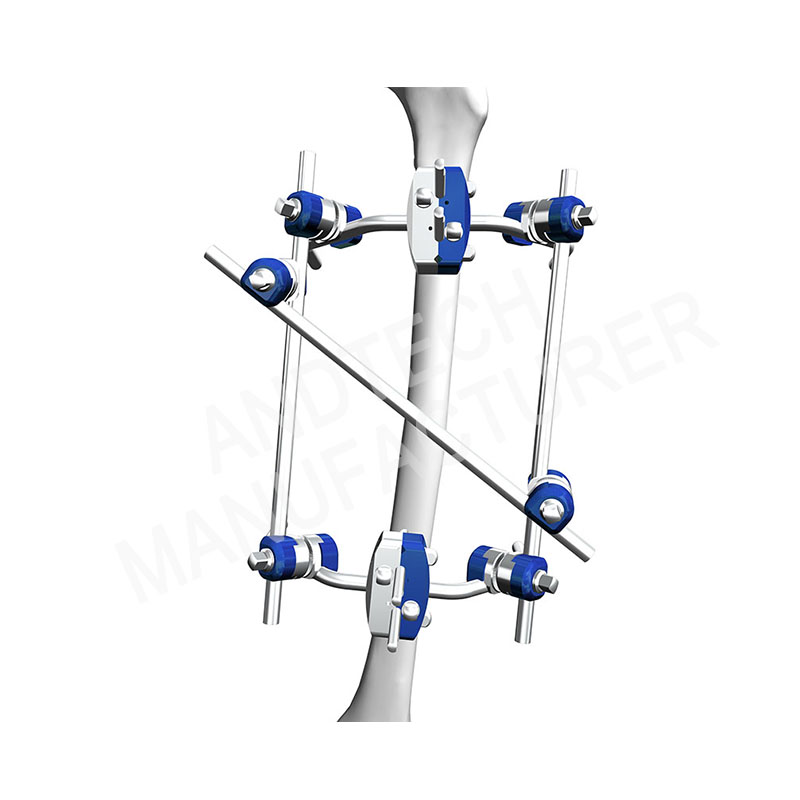
Femur fixation 8mm
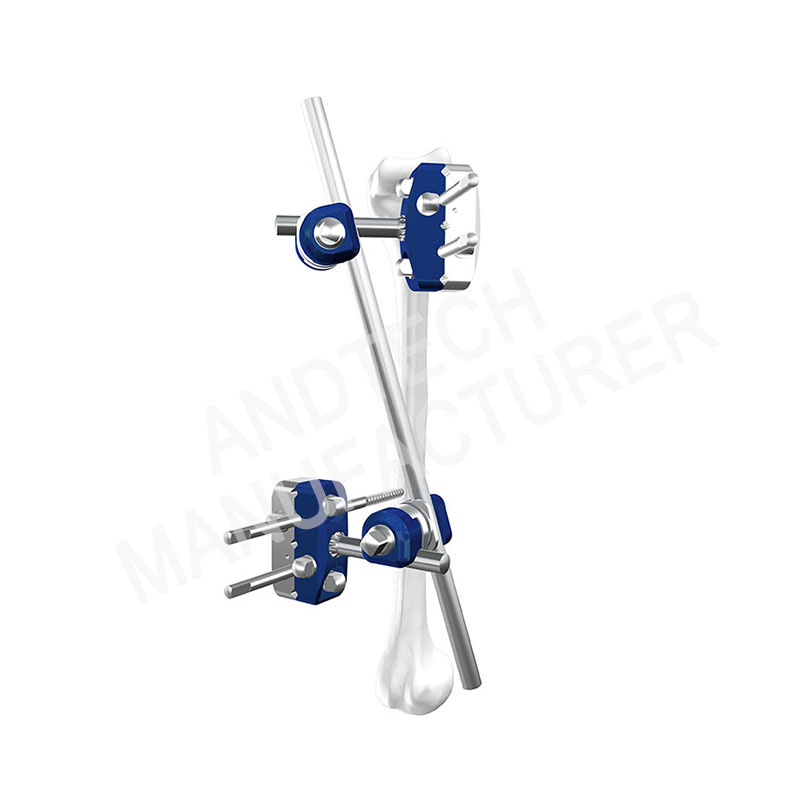
Humerus fixation 8mm
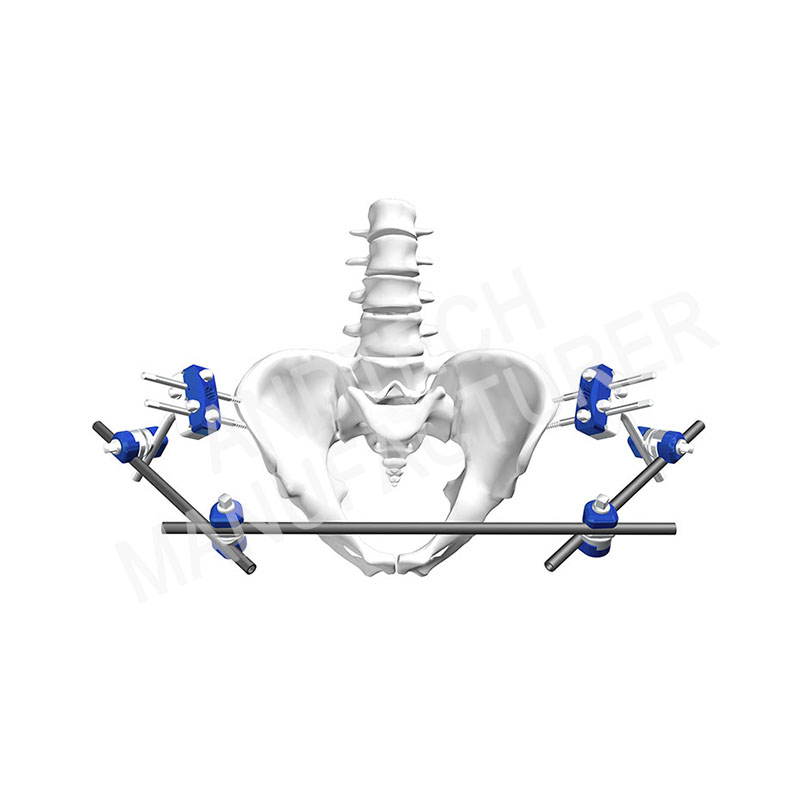
Pelvic fixation 8mm
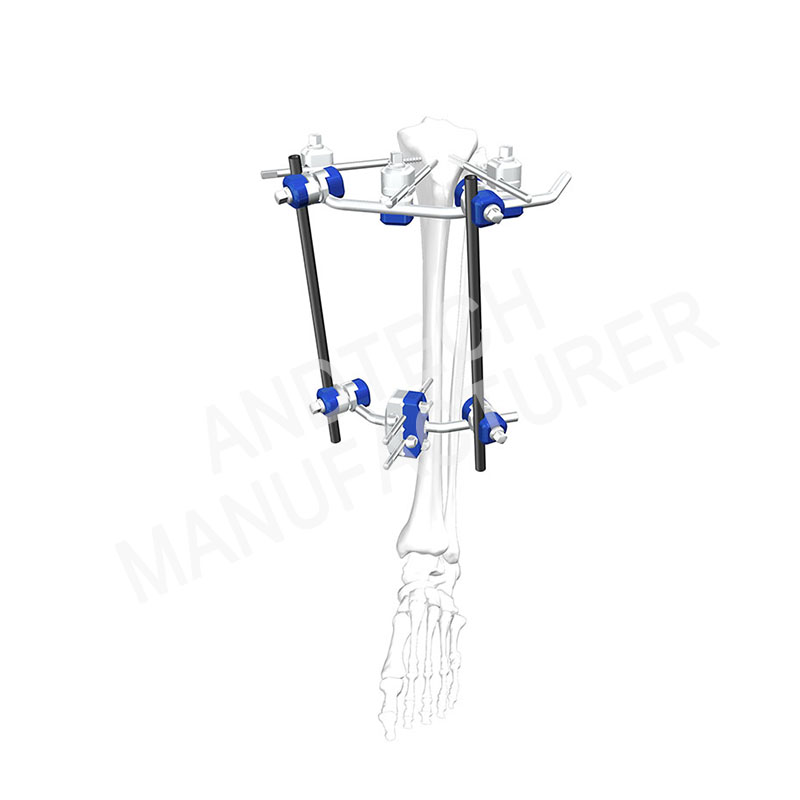
Proximal tibia fixation 8mm
carbon fiber
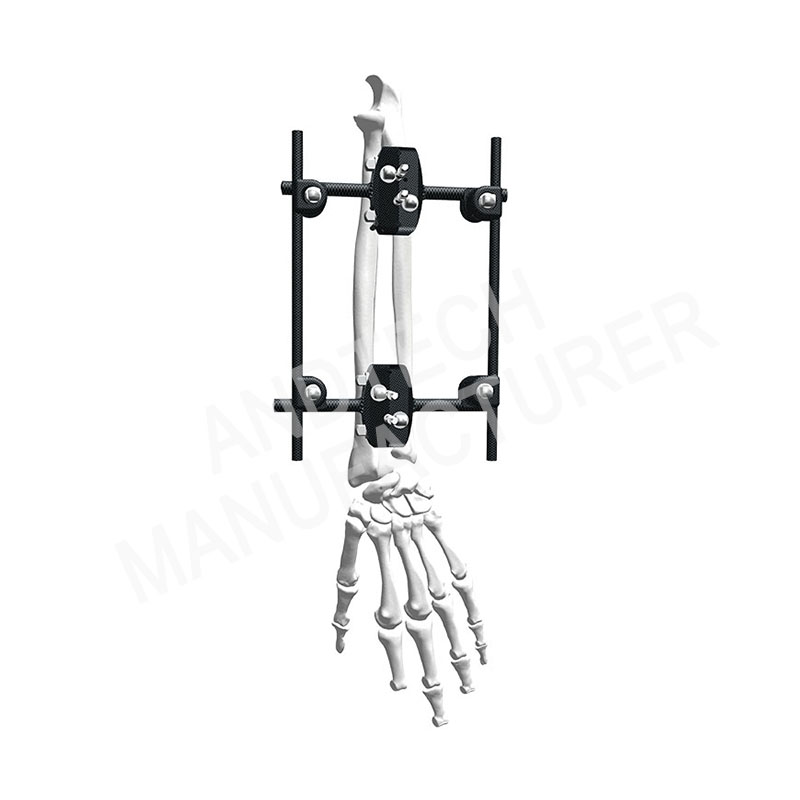
Carbon fiber 8mm radius fixation
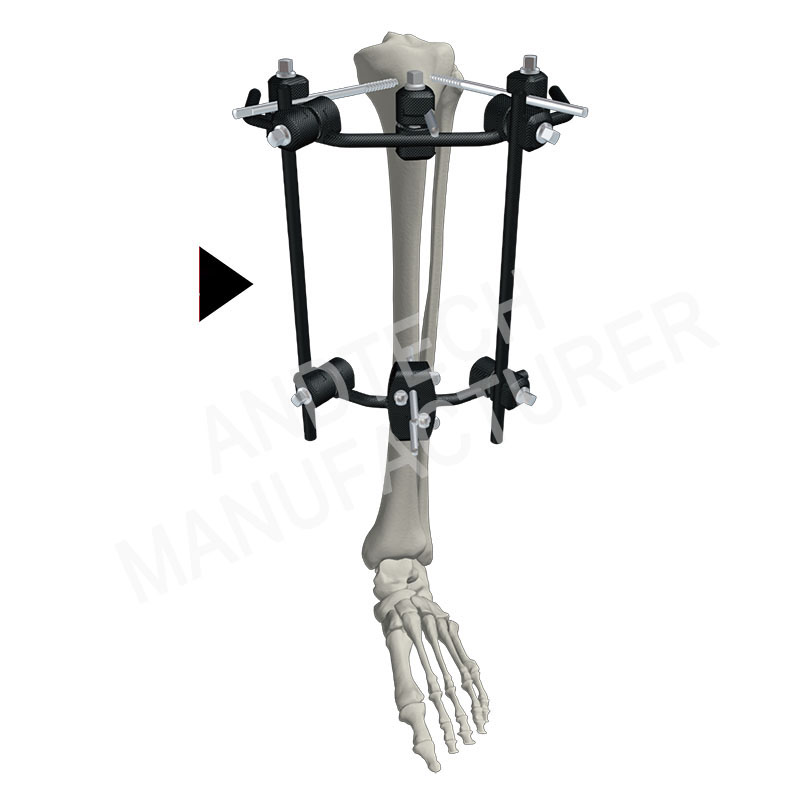
Carbon fiber proximal tibia fixation 8mm
Medical Tips
History of External Fixation
The external fixation device invented by Lambotte in 1902 is generally thought to be the first "real fixator". In America it was Clayton Parkhill, in 1897, with his "bone clamp" who started the process. Both Parkhill and Lambotte observed that metal pins inserted into bone were tolerated extremely well by the body.
External fixators are often used in severe traumatic injuries as they allow for rapid stabilization while allowing access to soft tissues that may also need treating. This is particularly important when there is significant damage to skin, muscle, nerves, or blood vessels.
An external fixation device may be used to keep fractured bones stabilized and in alignment. The device can be adjusted externally to ensure the bones remain in an optimal position during the healing process. This device is commonly used in children and when the skin over the fracture has been damaged.








